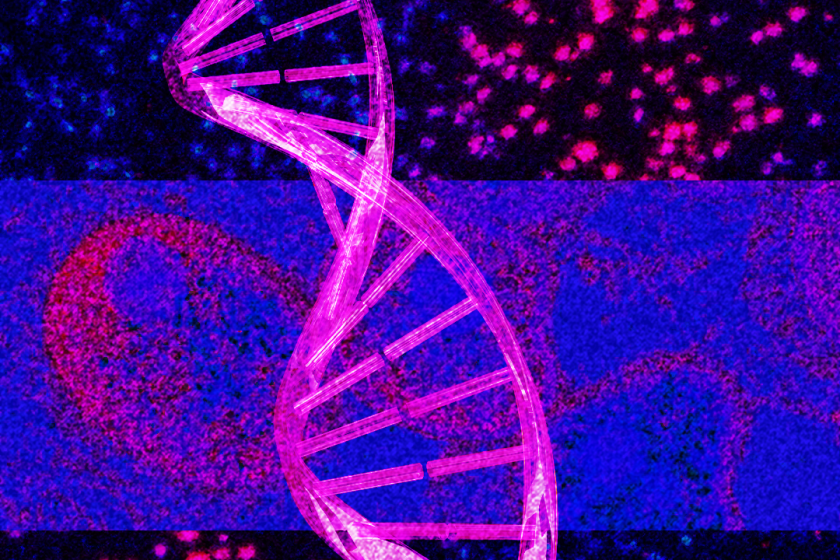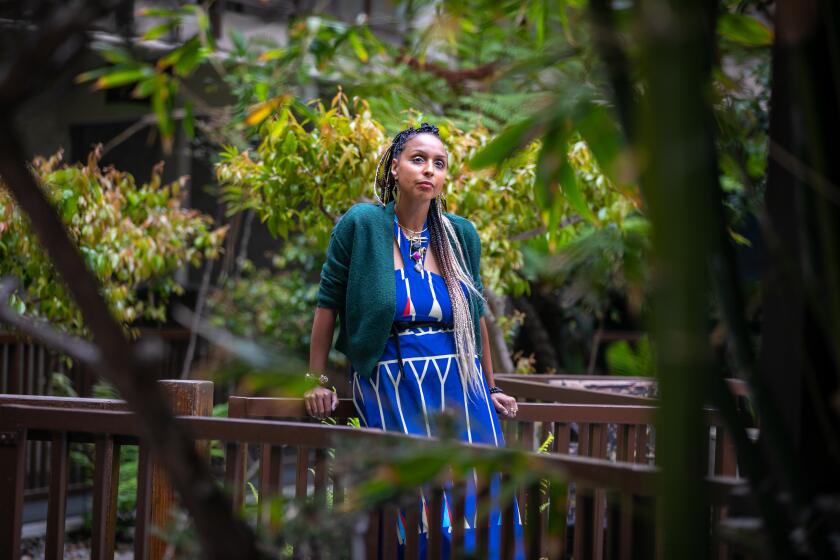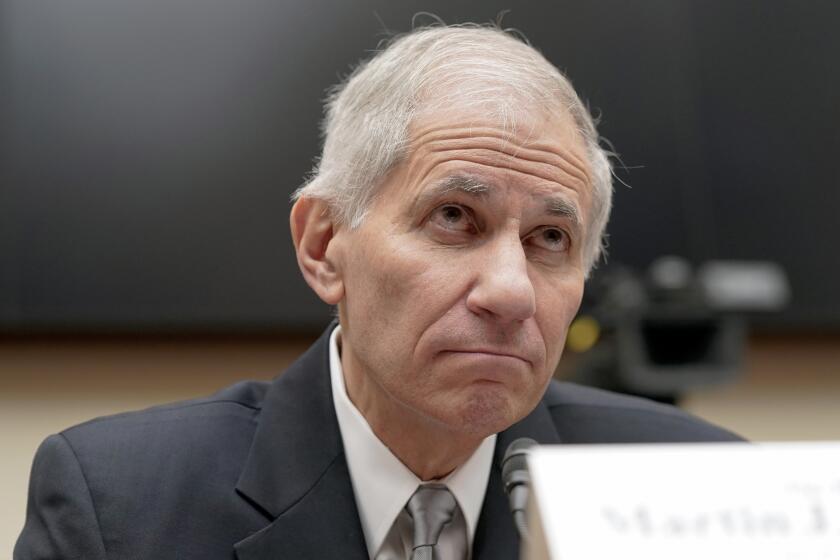Colorado’s perfect firestorm
Last week, my parents had to pack their belongings and flee as the Waldo Canyon fire barreled toward their house in Colorado Springs. They were among 32,000 people forced from their houses by the fire, which has destroyed nearly 350 homes.
My parents were lucky. Despite the trauma and fear of having to evacuate, they didn’t lose their home. But the fire emphasized something of a long-running debate between my father and me: the reality and politics of climate change.
I am a political scientist who studies climate policy and adaptation, and the intersection between climate science and politics. My father is also a scientist — a nuclear engineer. But he’s always been a bit skeptical about climate change. Though he’s not a full-on doubter, he also hasn’t fully embraced the idea that the planet is warming in ways that could be devastating, and that this change is the result of human activity. Events like the Waldo Canyon fire may make him and other climate skeptics easier to convince.
No one can say that the Waldo Canyon fire was a direct result of climate change. But fires like it, and the weather conditions that create them, are exactly what climate models are predicting for arid Western landscapes from California to the Rocky Mountains.
Colorado this year has been far drier than normal and has seen record-high temperatures. Streams are at something around 10% of their usual flow, and the spread of pine bark beetles has created tons of deadwood. Droughts have been a fact of life in the region for millenniums, but climate change is predicted to make them both more common and more severe.
Of course, there are also other factors that have made this summer in Colorado such a perfect firestorm. For decades, fires have been suppressed in the area, which means there is a lot of fuel ready to burn. Neighborhoods have been allowed to encroach on forest land, which has meant that when fires come, they destroy not just trees but homes. This combination of human decisions and changing forest conditions is proving to be a recipe for disaster.
The Waldo Canyon fire has also demonstrated the importance of preparing for the growing threats that are expected to accompany climate change. Individual people can’t solve climate change, but they can take steps to adapt to some of its devastating effects. Whether the danger is wildfire or other extreme events, communities must adapt to our emerging climate reality. Even if greenhouse gas emissions level out right now — which shows no sign of happening — the climate changes we’re experiencing will continue for a long time. We will see more fires like the Waldo throughout the West, and possibly other extreme weather events.
In the case of Western landscapes and fire, neighborhoods need to work with emergency management officials to create defensible space around houses in wooded areas. My parents and a lot of other Coloradans had done major brush clearance as a fire precaution, but there were other homeowners who had not. In the wake of the Waldo Canyon fire, there has been an increase in complaints to El Paso County about residents who haven’t cleared dense vegetation around their homes. These individual choices are relevant throughout the West, including California.
I worry that skepticism about climate change is part of the problem: People who believe it is myth are less likely to change their behavior. Disasters like the one in Colorado this summer have the potential to shift people’s views of climate change. But that will take continued effort on the part of climate scientists and government officials to explain complex climate science in simple terms.
As a trained scientist, my dad may be more receptive to changing his views on global warming. But it will be interesting to see the reaction of others in his community. Will they be open to emerging scientific findings about climate change? We have to hope so. Our future depends on it.
Mark Lubell is director of the UC Davis Center for Environmental Policy and Behavior. He is also co-director of the Climate Change, Water and Society Integrative Graduate Education Research Traineeship, a National Science Foundation training program.
More to Read
Start your day right
Sign up for Essential California for news, features and recommendations from the L.A. Times and beyond in your inbox six days a week.
You may occasionally receive promotional content from the Los Angeles Times.






